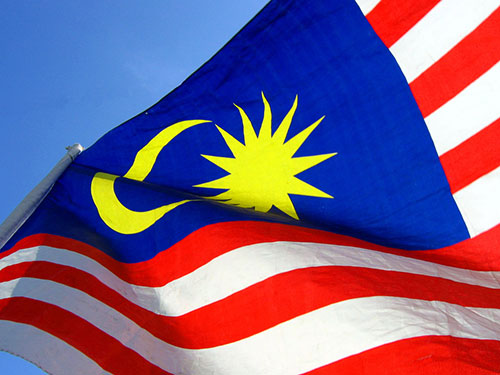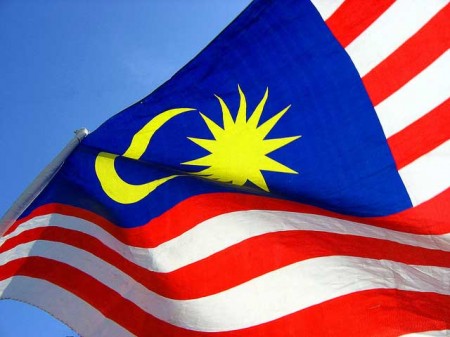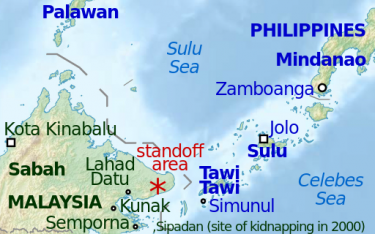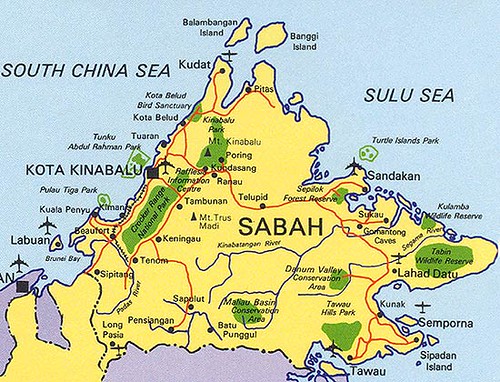
This article was originally published by the S. Rajaratnam School of International Studies (RSIS) on 2 June 2017.
Synopsis
Malaysia and Singapore have recently introduced new measures for submarine safety while China is reportedly contemplating restrictions on submarines operating in its waters. However, these measures are not without problems.
Commentary
The Malasian government has recently established three Permanent Submarine Exercise Areas off the coasts of Peninsula Malaysia and East Malaysia. These are aimed at providing a safe area for Malaysian submarines to conduct their operations.
To facilitate the safety of these operations, Malaysia requires certain activities in these areas, such as weapon firings, diving operations and surveying, be notified to Malaysian authorities. Failure to provide this notification means that the Malaysian government is not responsible for any damage or loss of ships, equipment, and life, caused as a result of an accident involving a Malaysian submarine.




